For centuries, cats have been a source of fascination and mystery for humans. Whether curled up purring on a lap or meowing persistently at a closed door, cats often leave their human companions wondering exactly what they are trying to say. While dogs have been widely studied for their communicative behavior, cats have long been viewed as more aloof and less expressive. However, that perception is beginning to change. Recent advances in artificial intelligence are helping scientists and pet lovers decode feline communication, revealing that cats may be saying far more than we ever realized.
The Complexity of Feline Communication
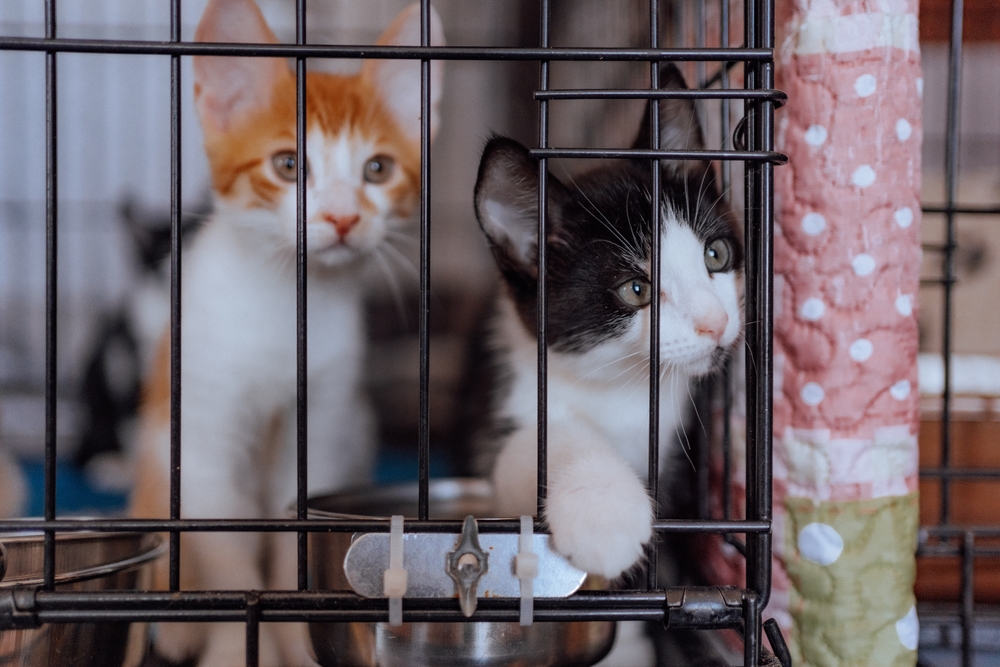
Cats use a wide range of signals to communicate, including vocalizations, body language, facial expressions, tail movements, and even scent marking. Though many people assume a cat’s meow is a simple request for food or attention, experts have found that cats can vary their vocalizations significantly depending on context and intent. Some meows are short and sharp, indicating urgency, while others are prolonged and melodic, perhaps meant to soothe or manipulate.
In fact, adult cats meow almost exclusively to communicate with humans, not other cats. Feral cats and those living in colonies use other forms of interaction, such as body posture or scent. The unique vocalization patterns developed by domestic cats appear to be shaped by their interactions with people, suggesting that our feline companions have been learning to “talk” to us in their own way.
The Role of Artificial Intelligence
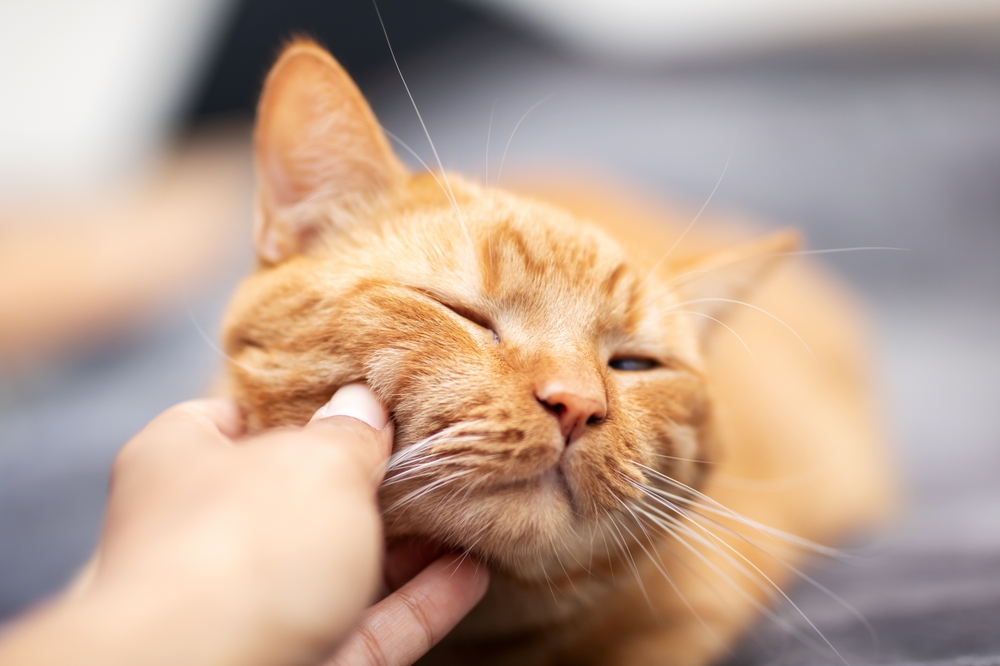
Artificial intelligence is now playing a crucial role in analyzing and interpreting these complex signals. Using machine learning algorithms, researchers are feeding large datasets of cat vocalizations and behaviors into computer models that can identify patterns and associations. These models can then begin to infer meaning from specific sounds and gestures.
One notable example is the app called MeowTalk, developed by former Amazon Alexa engineer Javier Sanchez. The app uses AI to translate a cat’s meow into phrases like “I’m hungry,” “I’m in pain,” or “I want attention.” While still in its early stages, MeowTalk relies on training data provided by users who label their cats’ vocalizations according to the context in which they occur. Over time, the app learns to associate certain meows with specific needs or emotions, tailoring translations to individual cats.
Training AI to Understand Cats
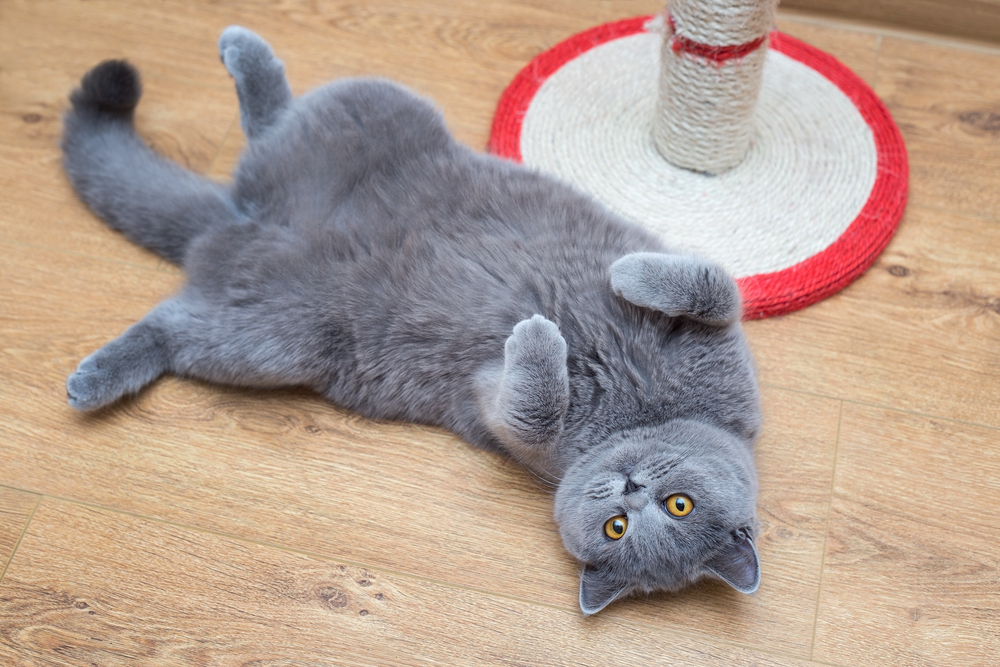
Training an AI model to understand cats is no small feat. Unlike human language, which follows a set of grammatical rules and uses a standardized vocabulary, feline communication is more fluid and highly individualized. A meow from one cat might sound completely different from a similar vocalization by another cat, even if both are trying to convey the same message.
To address this, researchers are taking a multi-modal approach. In addition to vocal data, they incorporate visual information such as ear position, eye dilation, tail movement, and posture. For example, a cat with upright ears and a swishing tail may be signaling agitation or excitement, depending on the context. By combining these data points, AI systems can build a more complete picture of feline communication.
Some projects even use infrared cameras and motion tracking to monitor subtle body movements. Others analyze purring and chirping patterns, both of which may carry emotional or physiological signals. For instance, studies have shown that cats purr not only when content but also when in pain or distress. The frequency of a purr can have healing effects on bone and tissue, suggesting that purring might serve both communicative and therapeutic functions.
Benefits for Cat Owners
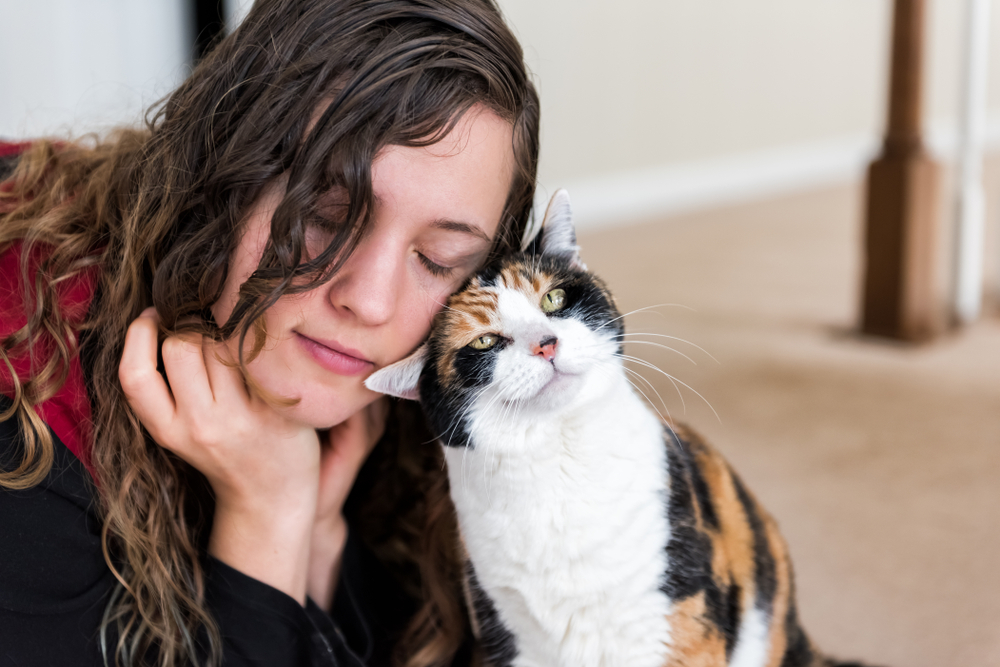
The ability to better understand cats could have profound implications for cat ownership and animal welfare. Miscommunication between pets and their owners often leads to behavioral problems or even abandonment. If a cat is acting aggressively, urinating outside the litter box, or hiding for long periods, these behaviors might be misinterpreted as disobedience rather than distress or illness.
With AI tools providing real-time insights into a cat’s emotional and physical state, owners could respond more appropriately. For example, if an app detects signs of stress or illness based on a change in vocal tone or behavior, the owner could take preventive action or consult a veterinarian sooner. This would not only improve the cat’s quality of life but also strengthen the bond between human and pet.
Veterinarians could also benefit from these tools. Diagnosing feline health issues can be challenging, especially since cats are known to mask pain and discomfort. AI models that monitor behavior and vocal patterns could serve as early-warning systems, alerting both owners and vets to changes that might otherwise go unnoticed.
Read More: In This Cozy Canadian Bookstore, Kittens Wander Freely Waiting to Be Adopted
Ethical Considerations and Limitations

While the potential of AI in decoding cat communication is exciting, it also raises important ethical and practical questions. For one, there is the issue of privacy. Some AI-based monitoring systems require video surveillance inside the home, which may not be acceptable to all users.
There is also a risk of over-reliance on technology. While AI can provide useful insights, it should not replace human observation and veterinary care. Cats are complex creatures, and their behaviors are influenced by numerous factors including environment, health, and individual personality. AI tools should be seen as supplements to, not substitutes for, attentive and compassionate care.
Moreover, current AI systems are still in their infancy when it comes to accuracy. Many apps and tools rely heavily on user-generated data, which can be inconsistent or biased. A meow labeled as “hunger” by one user might actually be an expression of anxiety or boredom. Improving the accuracy of translations will require larger and more diverse datasets, along with ongoing collaboration between animal behaviorists, linguists, and data scientists.
Read More: Woman saves $28,000 in travel expenses by watching other people’s cats in places she visits
The Future of Human-Cat Communication

Looking ahead, the future of human-cat communication appears promising. As AI continues to evolve, we may see the development of wearable devices for cats that provide continuous feedback on their emotional and physical states. Smart collars could detect vocalizations, monitor activity levels, and even alert owners to abnormal behavior patterns. Augmented reality tools could allow owners to visualize their pet’s mood or needs in real time.
There is also the potential for AI to enhance communication in multi-pet households or shelters, where stress and miscommunication are common. Understanding the individual needs and signals of each cat could lead to more harmonious group dynamics and better outcomes for adoptable animals.
In the long term, studying how cats communicate could even shed light on broader questions about animal cognition and emotion. If we can learn to interpret what cats are saying, we might begin to recognize the complexity and richness of communication in other species as well.
Conclusion
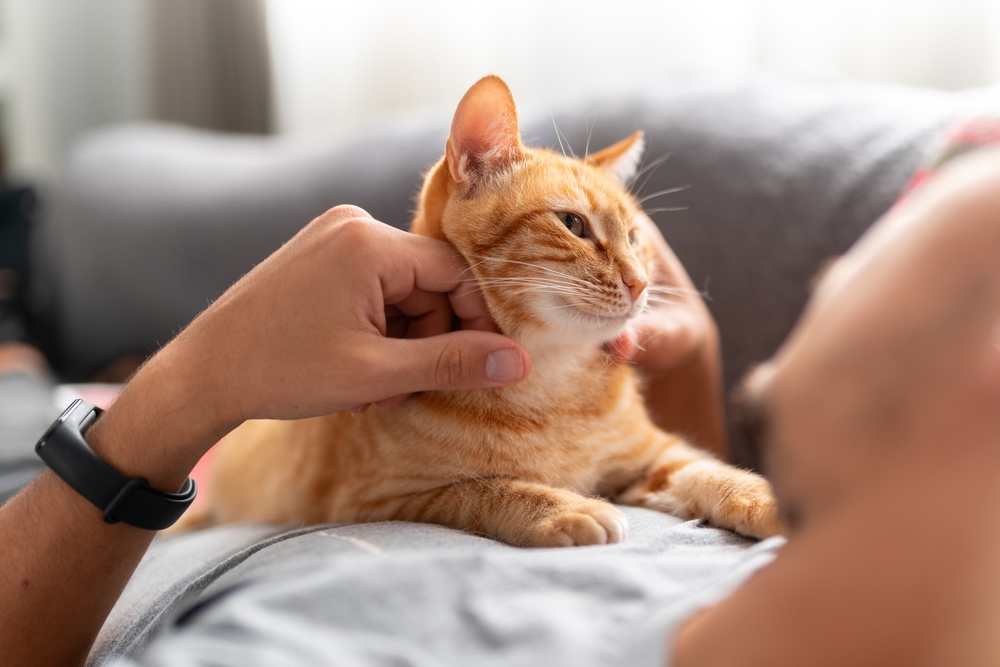
Cats have been living alongside humans for thousands of years, yet much of their language remains a mystery. Thanks to advances in artificial intelligence, that is beginning to change. By analyzing vocalizations, body language, and behavior, AI systems are helping us understand what our cats are trying to tell us. While the technology is still evolving, it holds great promise for improving animal welfare, deepening human-animal bonds, and enhancing our appreciation for the intelligence and sensitivity of our feline companions.
In the end, the more we learn to listen, the more we might realize that our cats have been speaking all along. We just needed the right tools to hear them.
Disclaimer: This article was created with AI assistance and edited by a human for accuracy and clarity.

